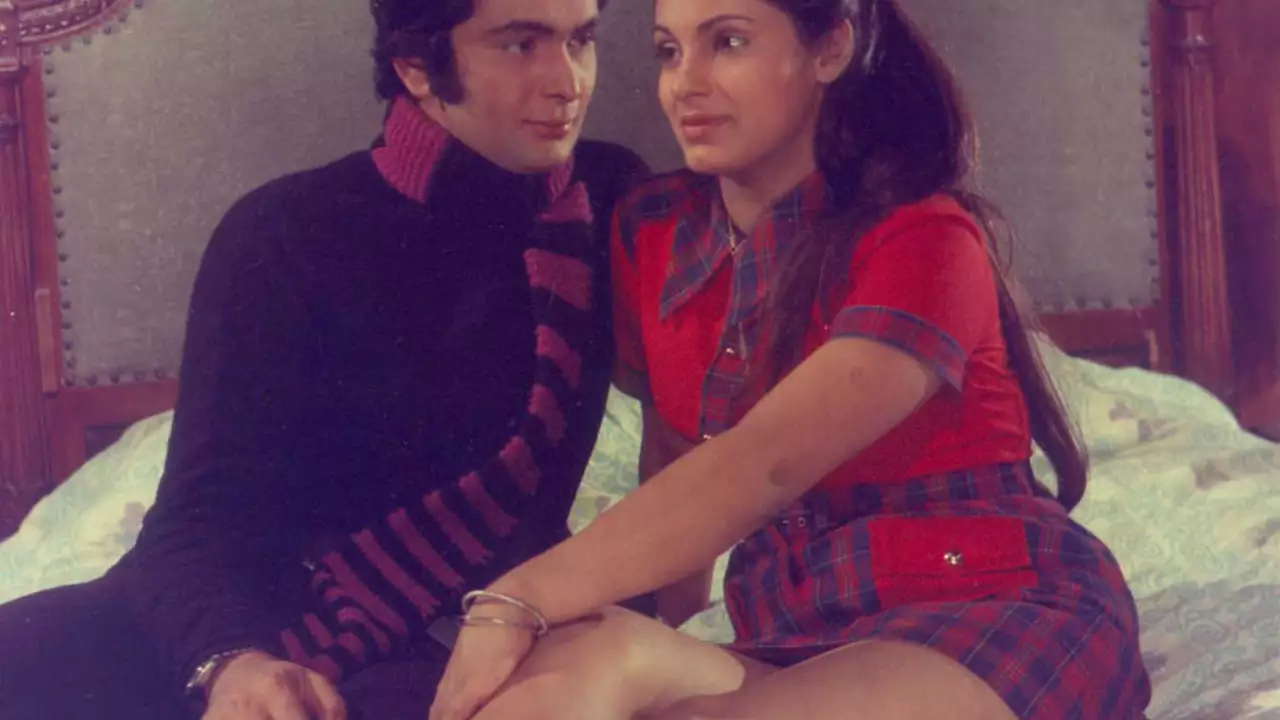Indian Cinema: Quick Guide to Bollywood, Classics & Today’s Buzz
When you hear “Indian cinema,” you probably think of dazzling song‑and‑dance numbers, big stars and crowd‑pleasing drama. That’s the core of Bollywood, but the story starts much earlier and stretches far beyond Hindi‑language blockbusters.
Let’s break it down in plain terms. Indian cinema began in 1913 with Raja Harishchandra, a silent film made by Dadasaheb Phalke. It was more than a movie; it was a proof that India could tell its own stories on screen. From there, filmmakers added talk, colour and camera tricks, turning local myths into national spectacles.
From Silent Beginnings to Blockbuster Era
In the 1930s and ’40s, talkies arrived and music became a staple. Songs weren’t extra – they were the heart of the narrative. By the 1970s, the “masala” formula – a mix of romance, action, comedy and social drama – solidified the Bollywood brand. Movies like Sholay and Deewar set the template for the high‑energy, larger‑than‑life style we still see today.
Fast forward to the 2000s: audiences wanted more realistic stories, and directors responded with gritty dramas, slick thrillers and global co‑productions. Actors such as Aamir Khan pushed boundaries with films that blend local flavor and universal themes. A recent post asks if Aamir is trying to be the Indian version of Tom Hanks – the short answer is no, he’s just doing his own thing.
What’s Hot in Indian Cinema Right Now
Today, Bollywood is a mix of tradition and tech. Streaming platforms let creators experiment with shorter formats, while big‑budget spectacles still dominate the box office. Music recording has even gone one‑take in some cases, giving songs a raw, live feel – a trend covered in our “Is a Bollywood song sung in a single go?” post.
Star power remains huge. Priyanka Chopra’s rise in America shows how Indian actors can cross over to Hollywood, while Salman Khan still draws massive crowds despite occasional controversies. Readers often wonder why some actresses avoid working with him – it’s a mix of rumors, career choices and personal comfort.
Fans also love practical lists – like the “best songs for a dance party” article that blends Bollywood hits with global club anthems. Whether you’re planning a wedding or a friends‑night, those playlists give you a ready‑made soundtrack.
So, what should you keep an eye on? New regional films in Tamil, Telugu and Malayalam are gaining national attention, and Bollywood is slowly opening up to more diverse stories. Keep checking the tag page for fresh takes on classic movies, star interviews and behind‑the‑scenes nuggets. It’s the quickest way to stay in the loop without scrolling through endless feeds.
In short, Indian cinema is a living, breathing mix of history, music, drama and modern tech. From the silent wonder of Raja Harishchandra to today’s streaming hits, there’s always something new to discover. Stick around, explore the posts below, and you’ll get a solid feel for why Bollywood continues to capture hearts worldwide.
Why was Rishi Kapoor so special in Bollywood?
Rishi Kapoor was an irreplaceable gem in Bollywood. He was special for his ability to captivate audiences with his natural acting skills, whether in romantic, comedic, or dramatic roles. His charm and charisma on screen were unmatched, making every character he played memorable. Kapoor was also known for his versatility and longevity in the industry, having successfully transitioned from a leading hero to character roles. Above all, his passion for cinema and dedication to his craft have left an enduring legacy in Bollywood.
- Jul, 17 2023
- 0 Comments
